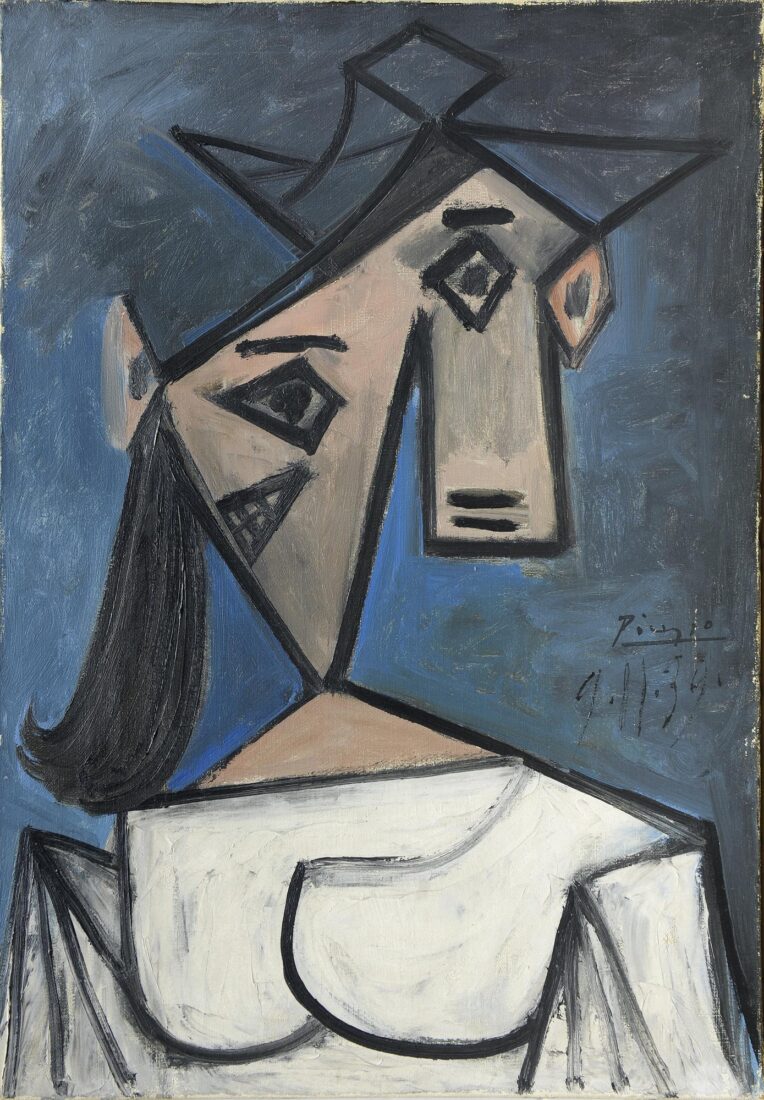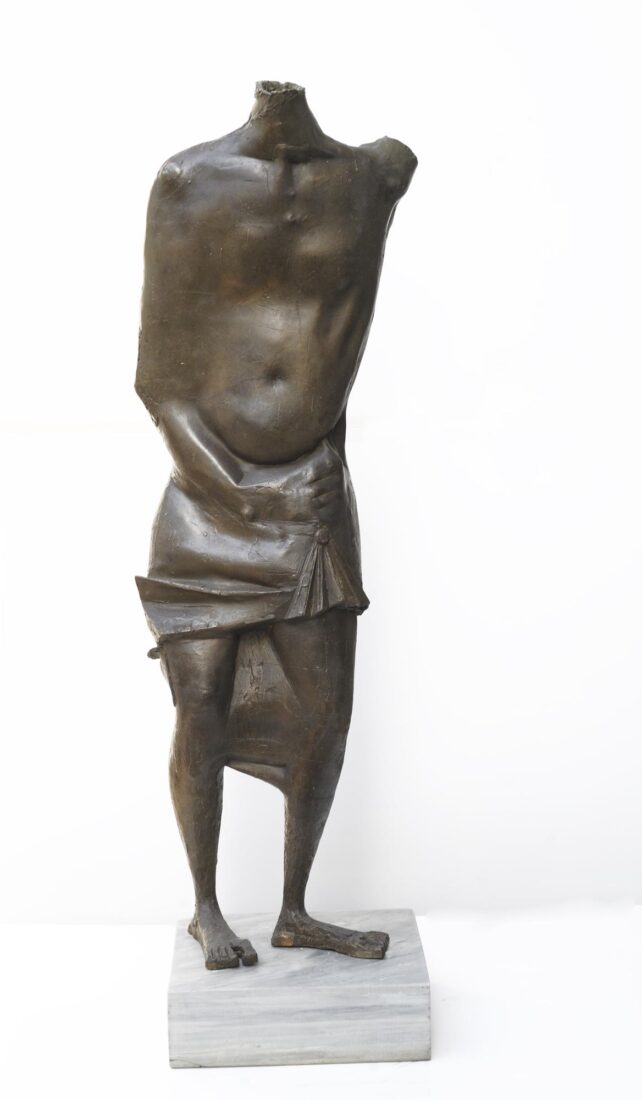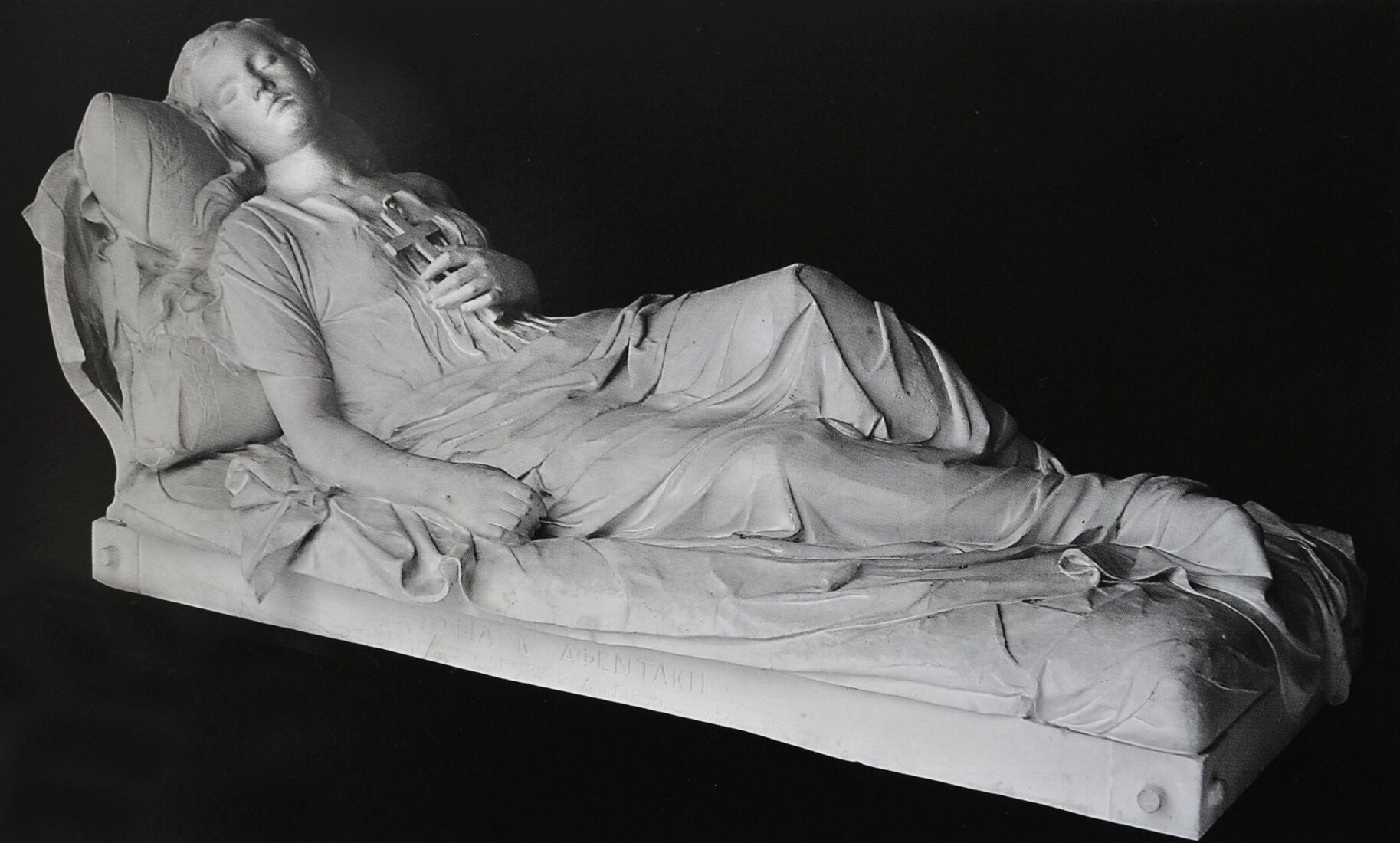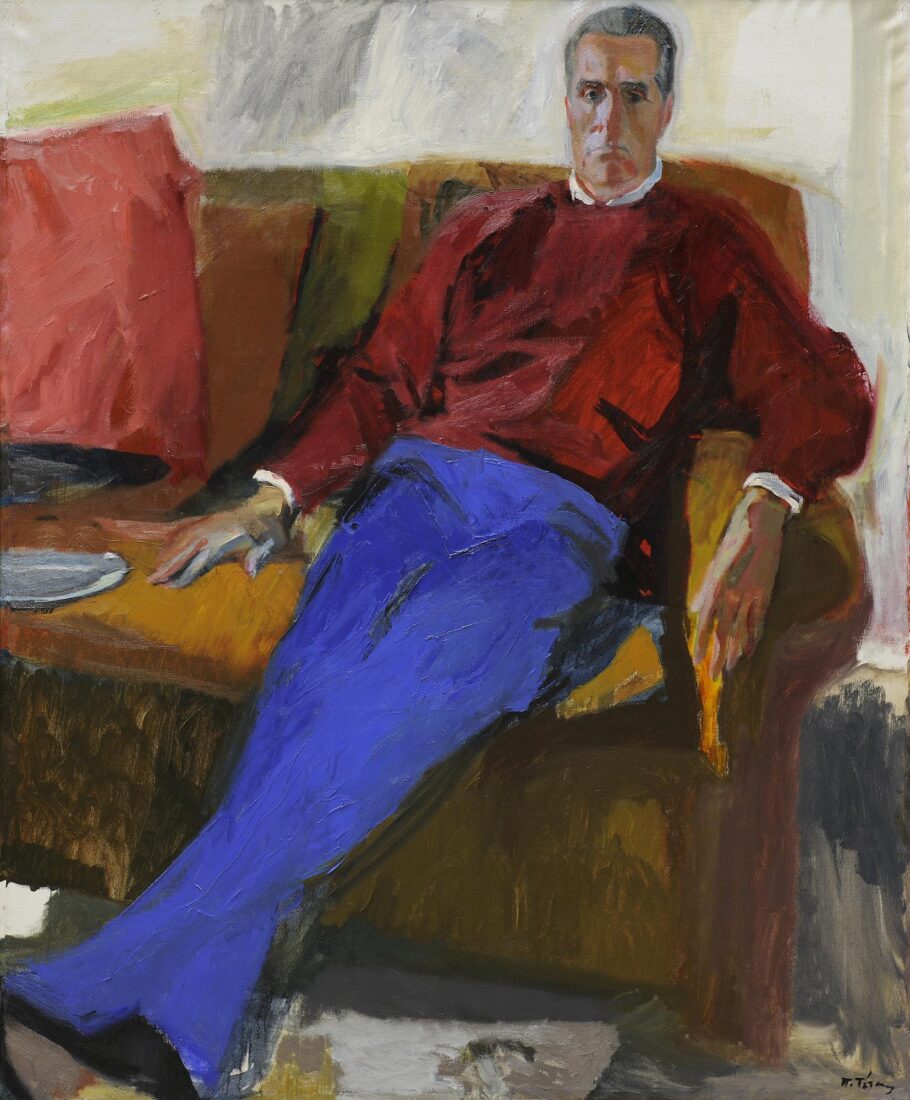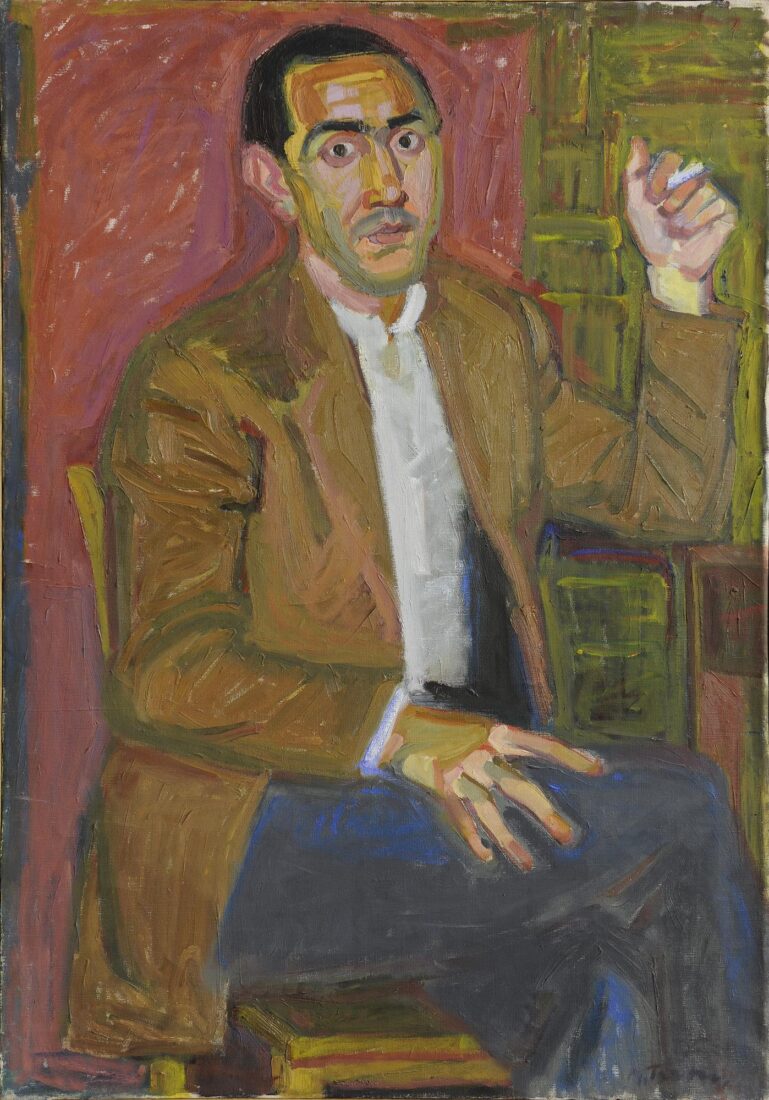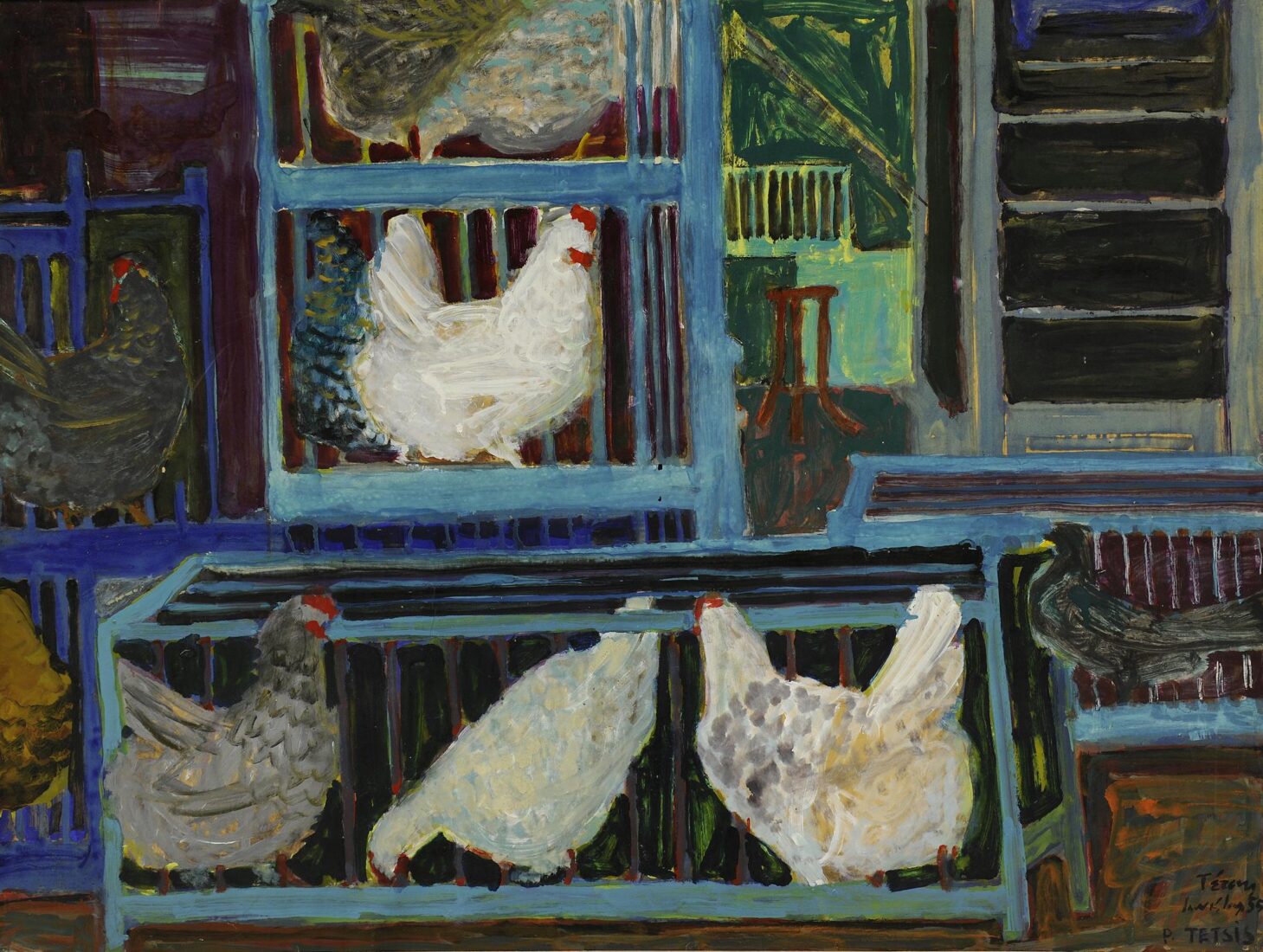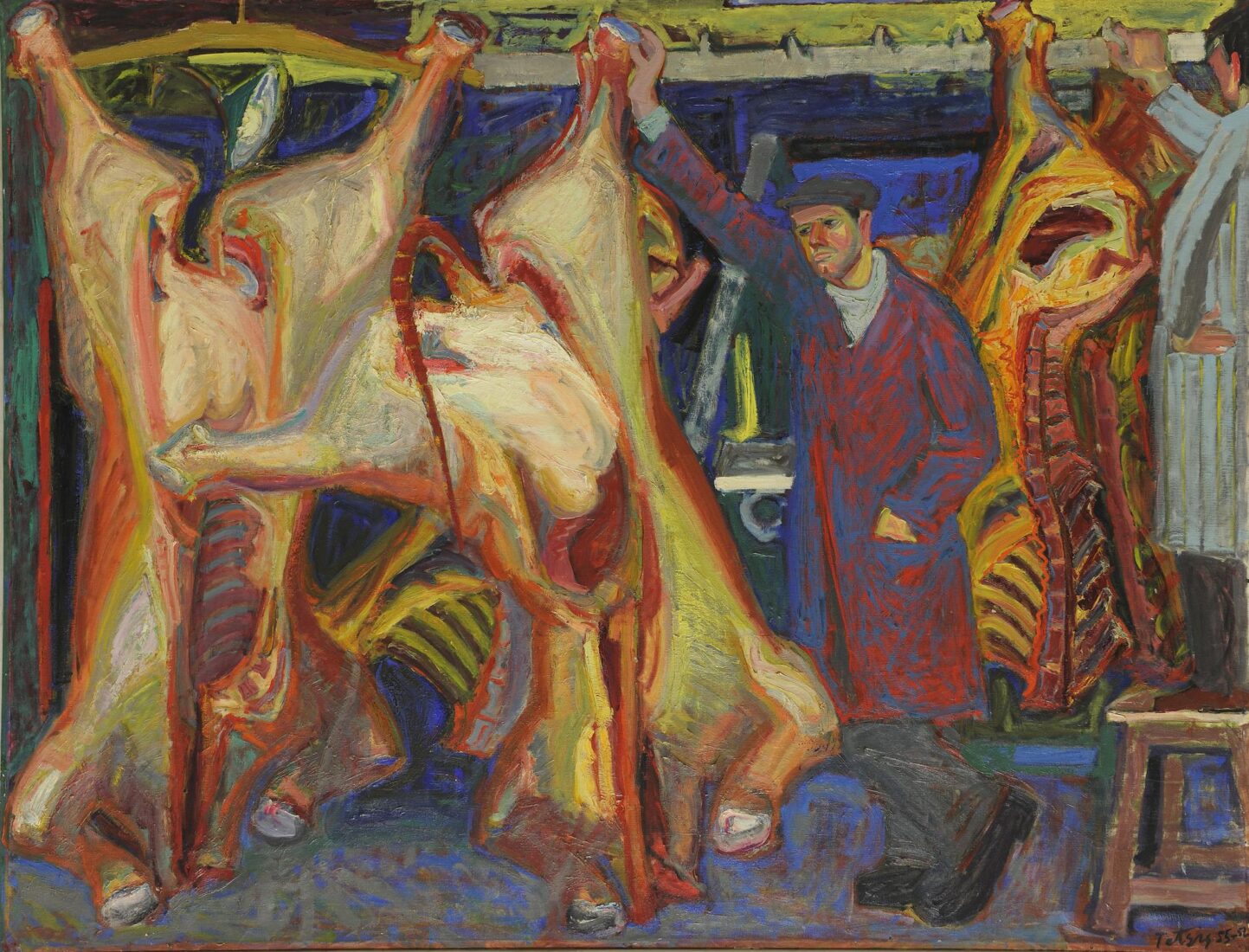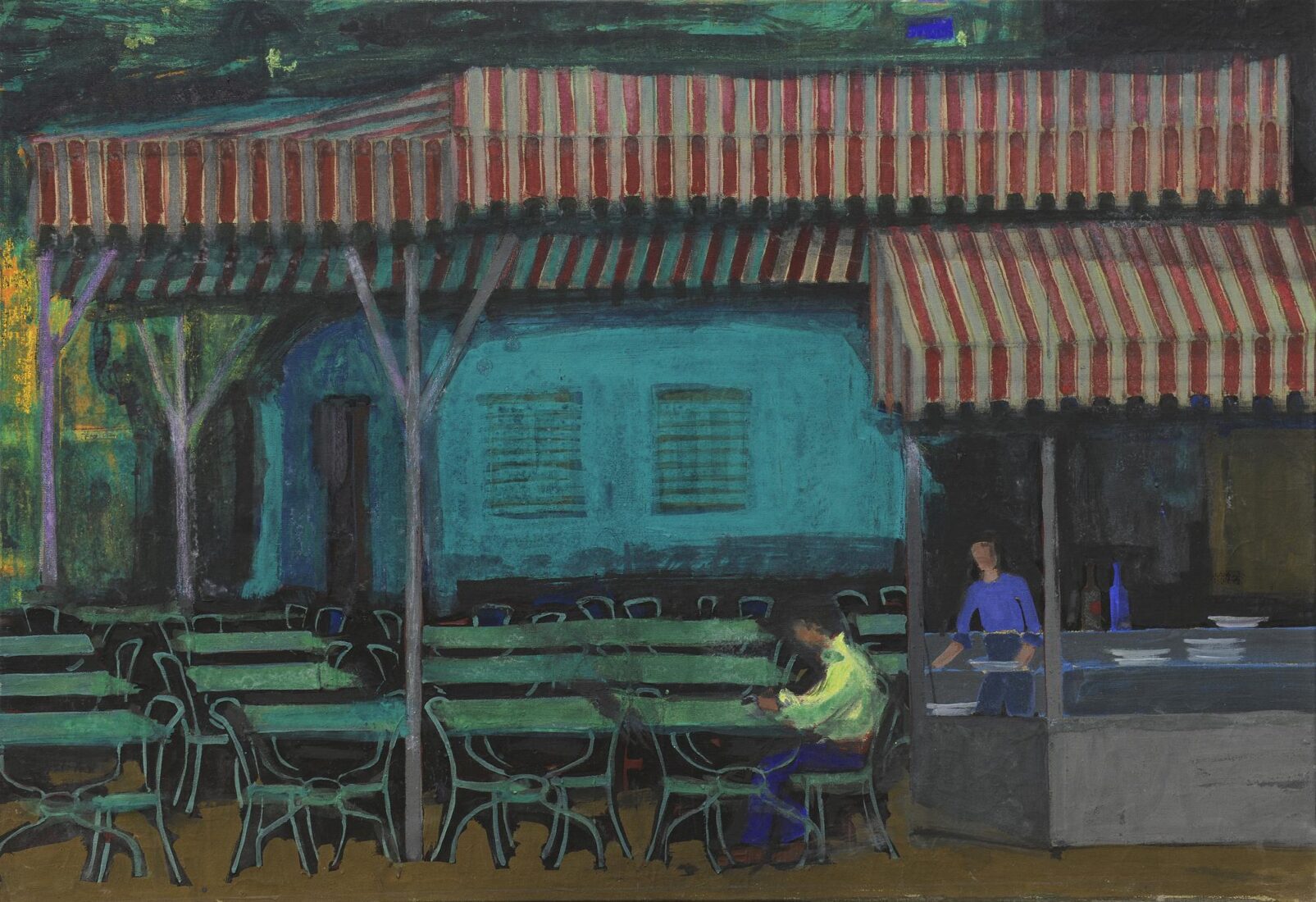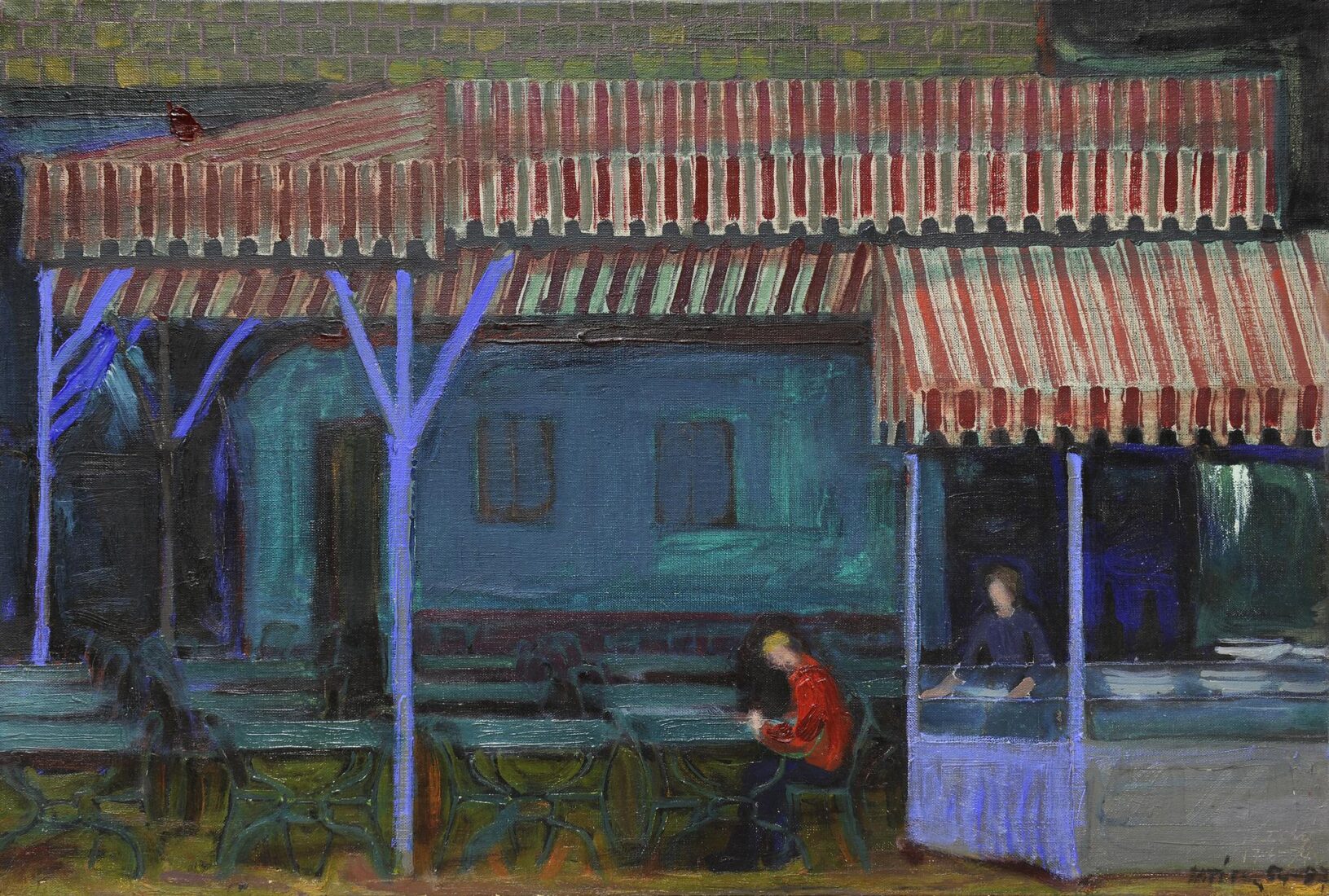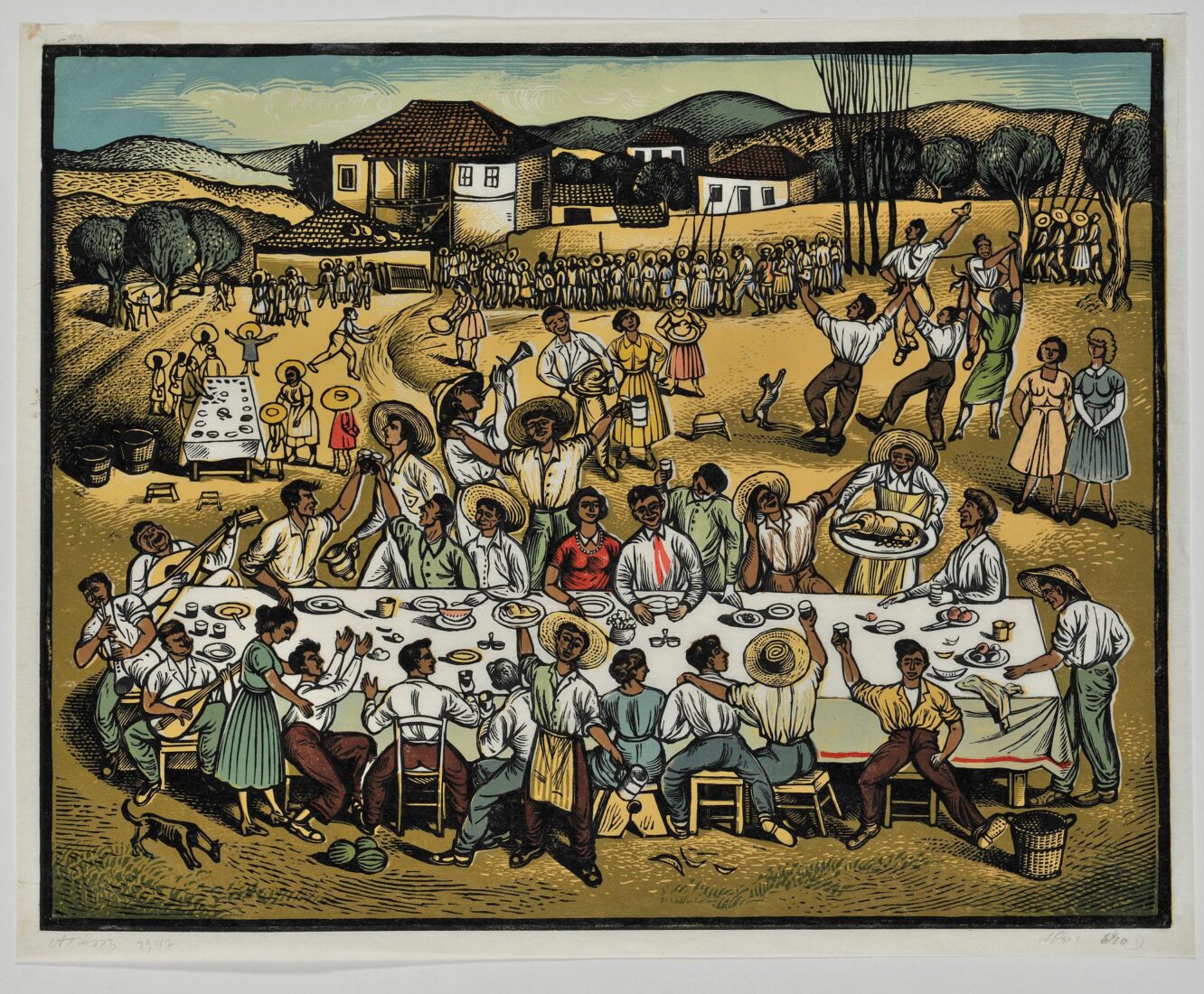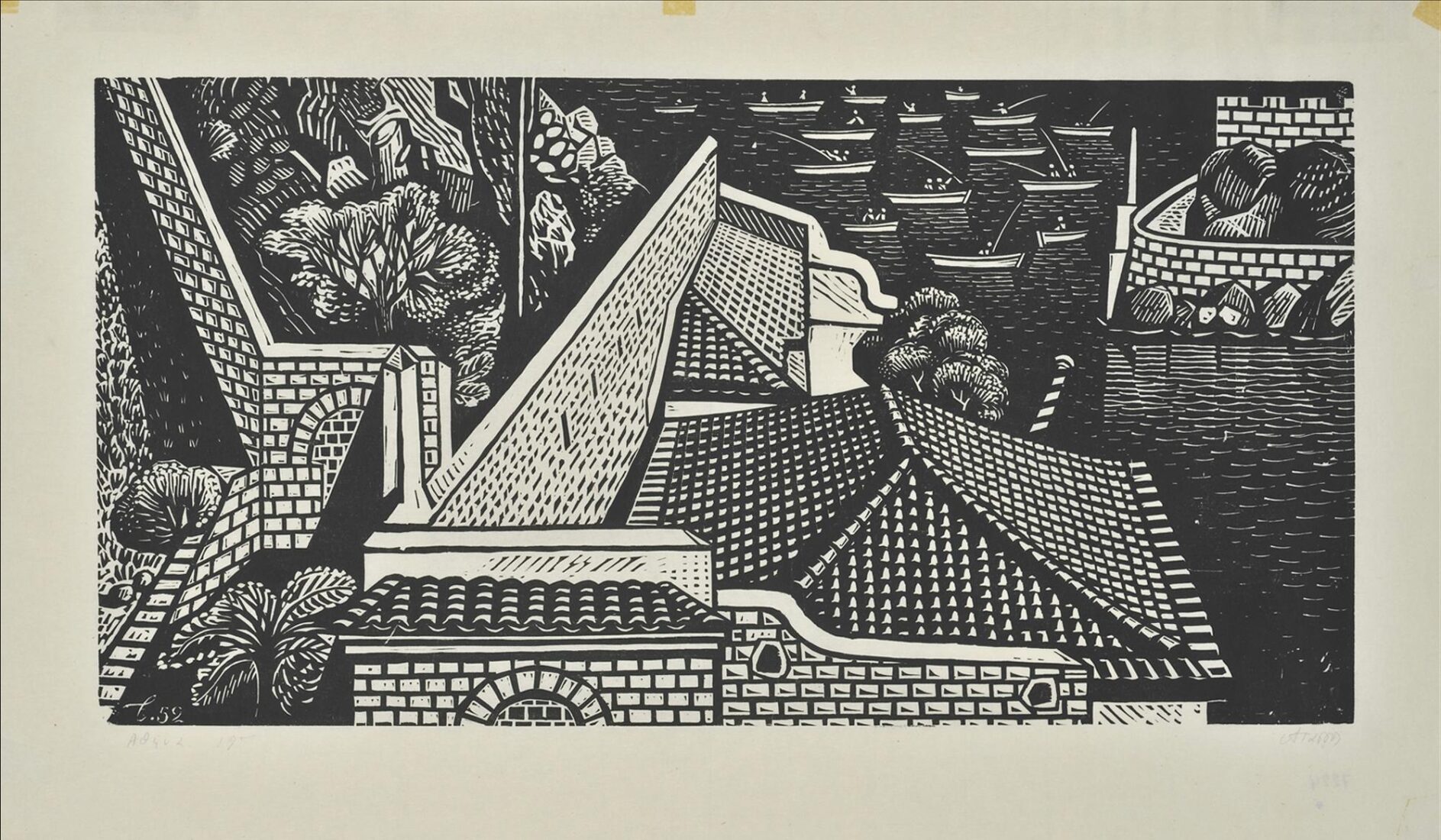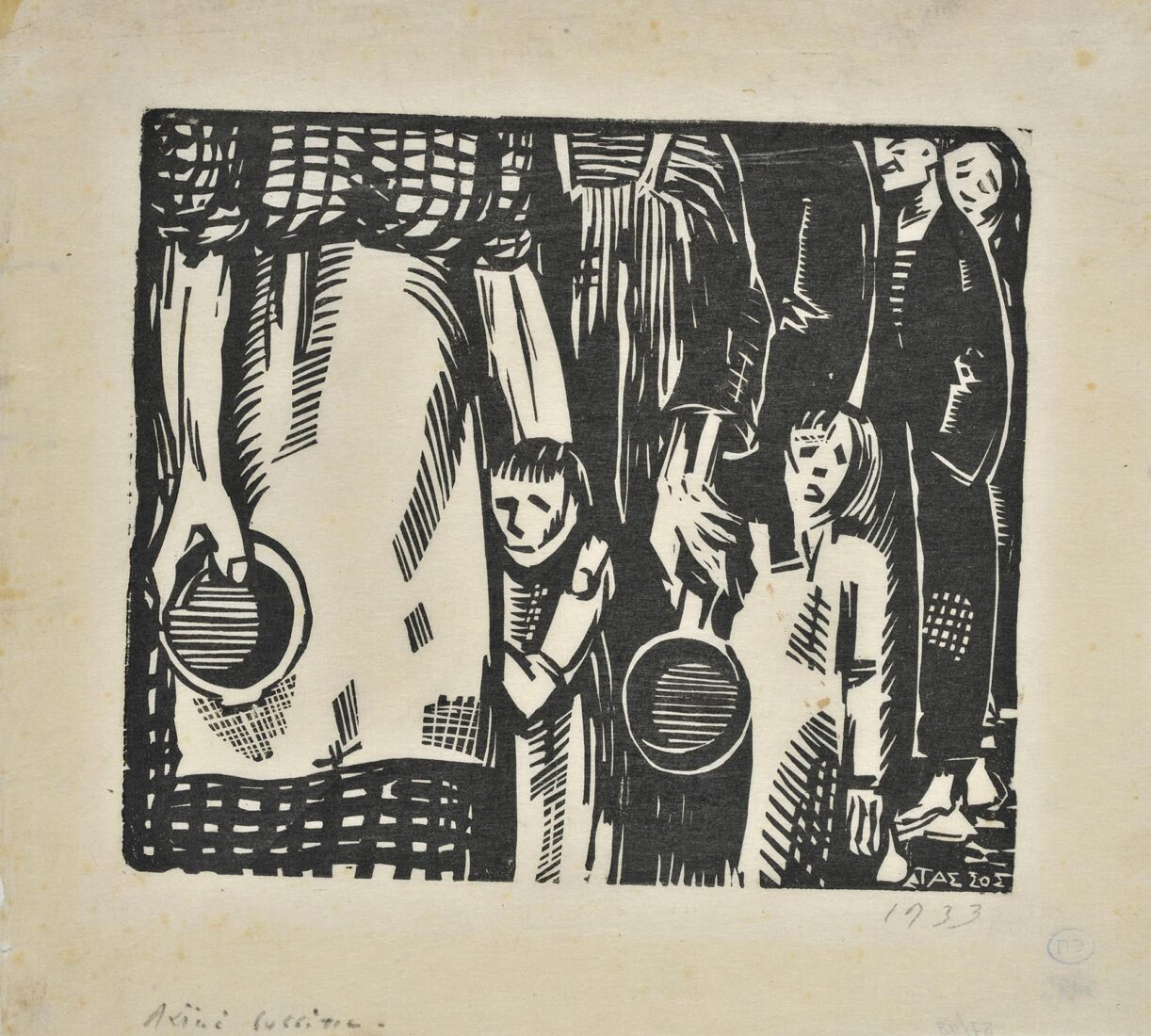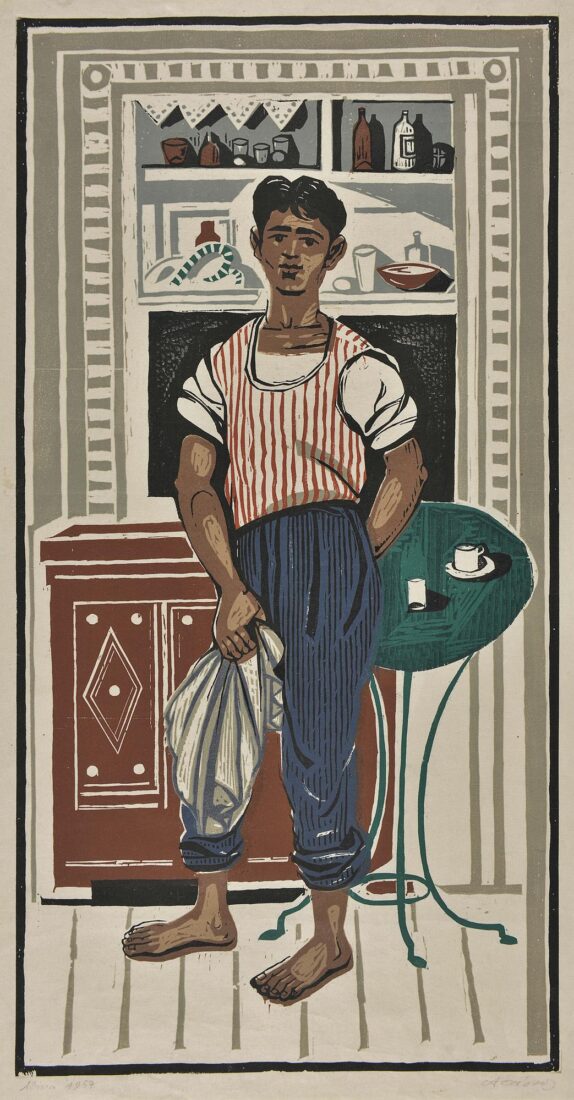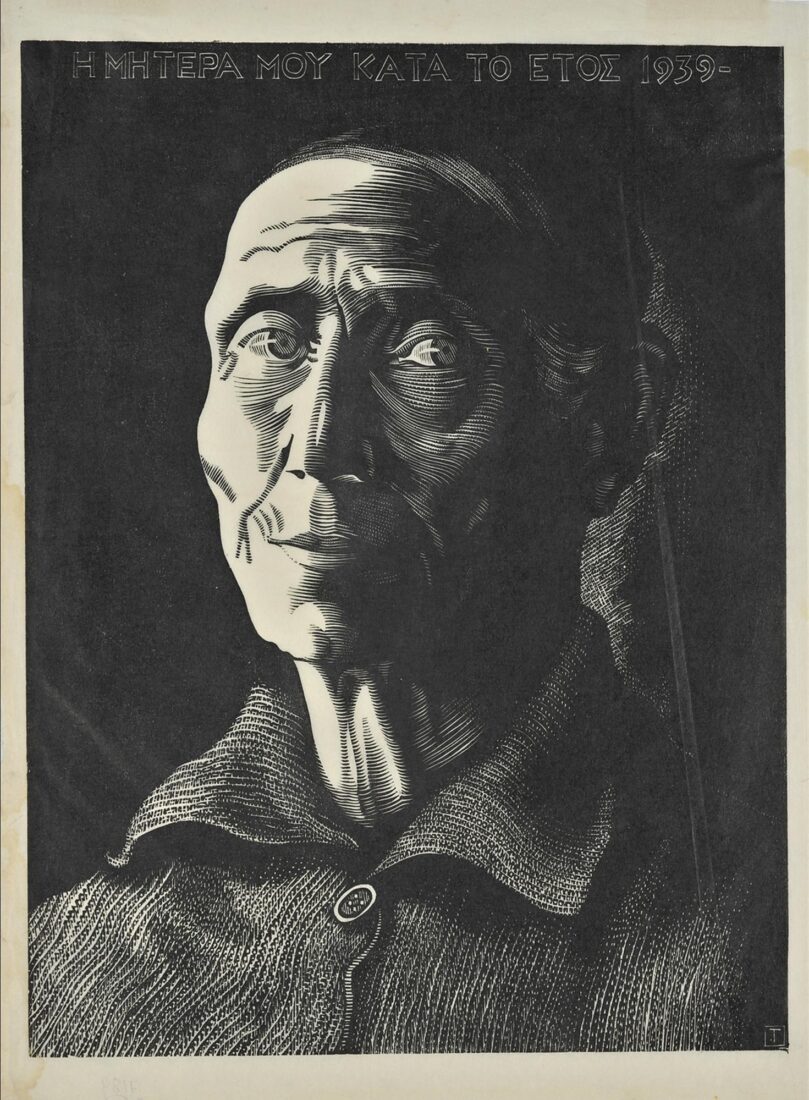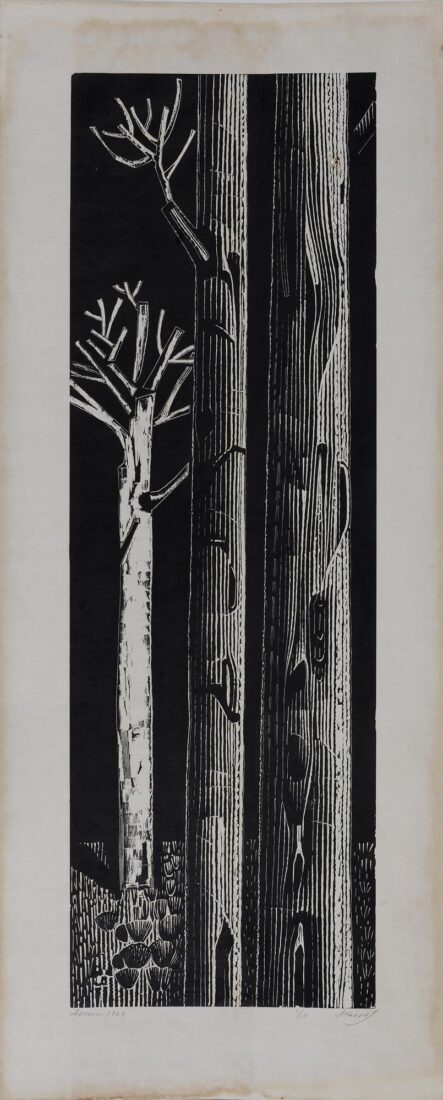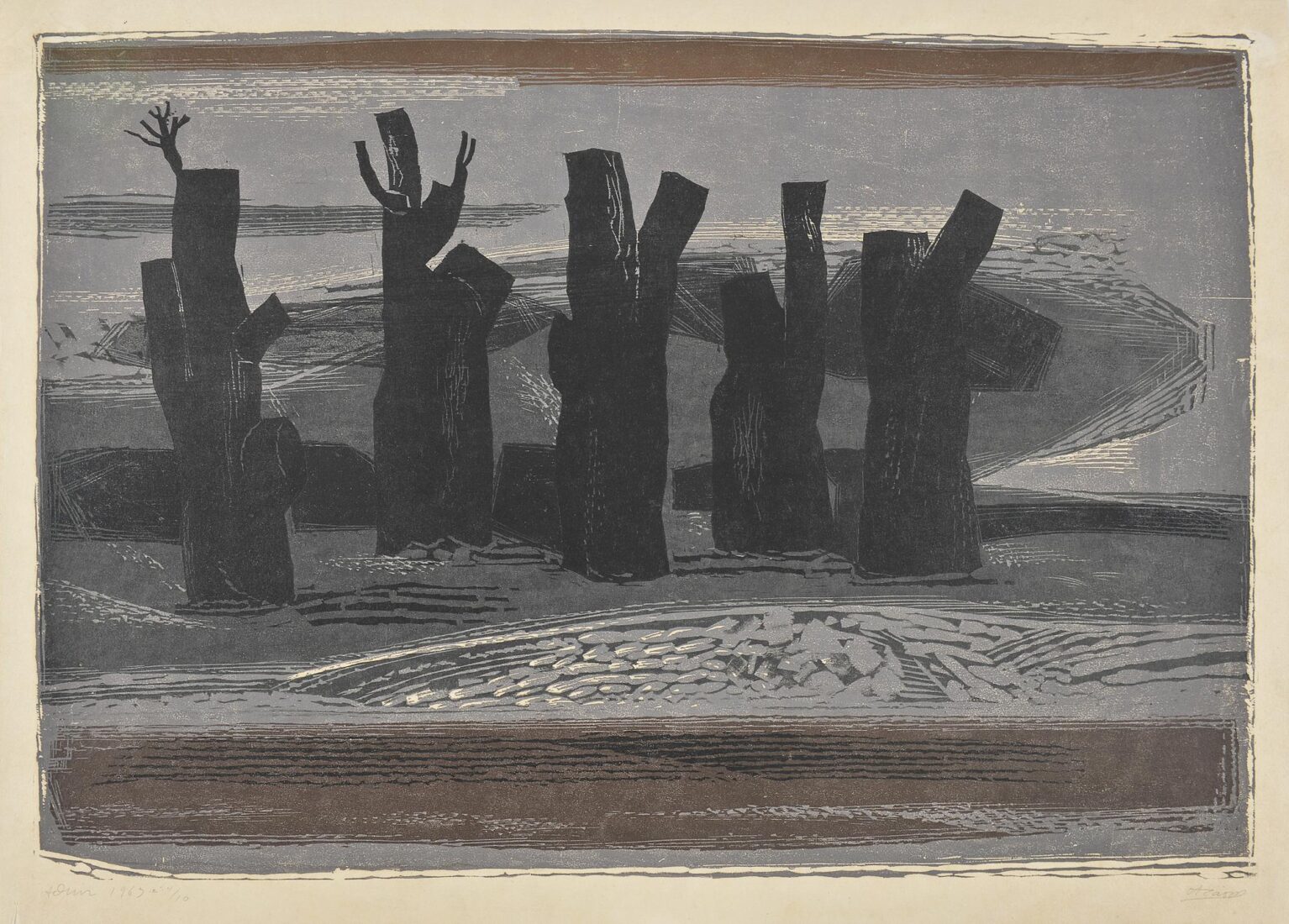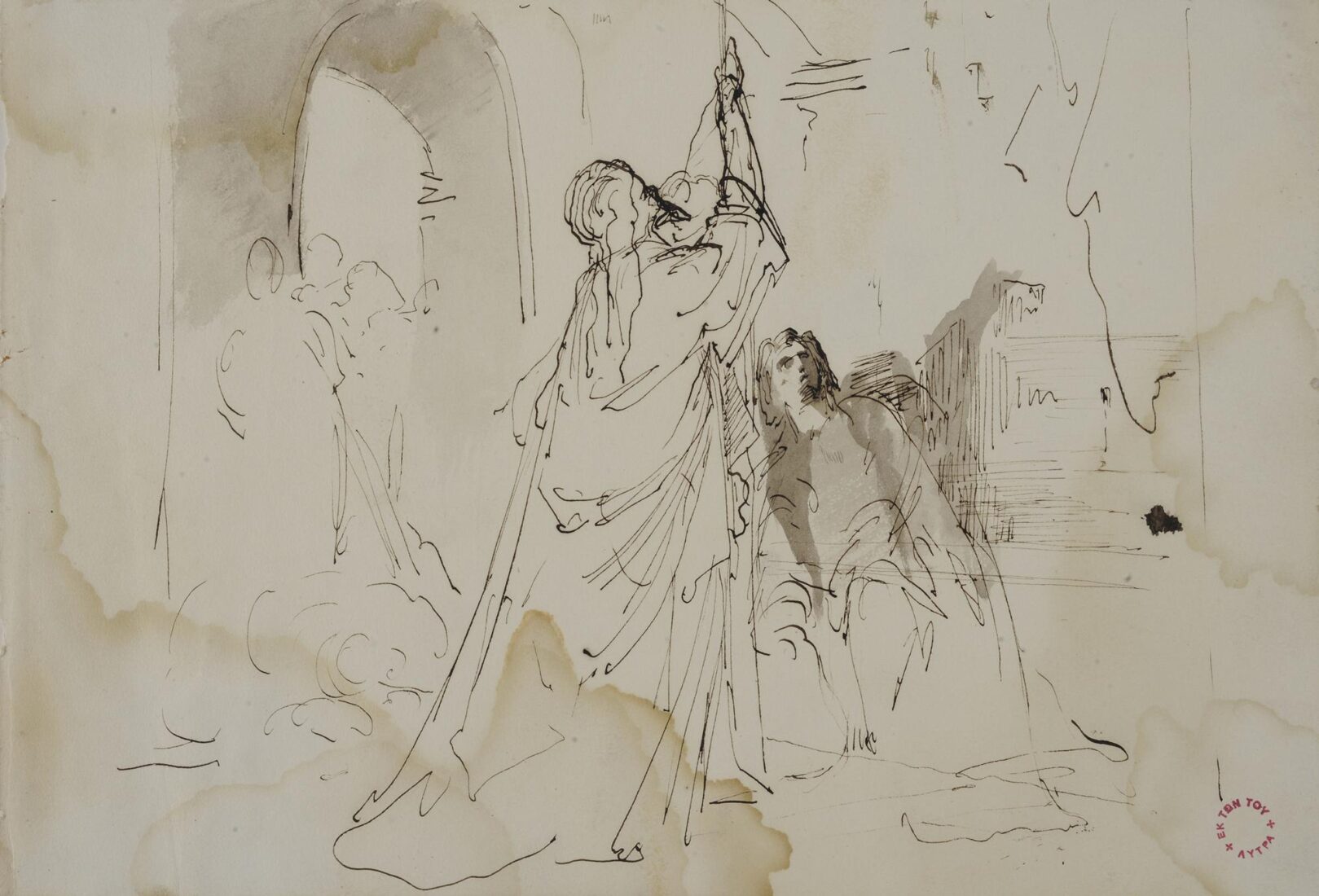Painted by Pablo Picasso (Malaga 1881 – Mougins 1973) in 1939, “Female Head” was donated by the artist to the Greek people in honour of its brave resistance during the Nazi occupation; it formed part of the French Artist’s Donation, made on the initiative of the Milliex couple in the aftermath of the War. It is a portrait of the photographer Dora Maar, Picasso’s companion between 1936 and 1943, as evidenced by the fact that this painting can be seen in a photograph by her from the studio at Royan, in 1940, where they retreated when Paris was occupied by the German army.
Dora Maar documented as a photographer the complete production process of the Guernica; her personality provided Picasso with the model for “the weeping woman”. Two and a half years after “Guernica”, the same attitude towards colour is noted in “Female Head”, conveying the pessimist mood prevalent during World War II.
Yannoulis Chalepas was a uniquely gifted artist. But his life and artistic development were marked by the manifestation of mental illness that led to confinement in a psychiatric hospital on the island of Corfu and a forty-year hiatus in his artistic production. The first symptoms of aberrant behavior presented in 1878, the same year that he completed his first body of work, referred to by historians as the “first period.”
The “Sleeping Female Figure” is Chalepas’ most widely known sculpture. The original composition was created in marble for the grave of eighteen-year-old Sofia Afentaki in the 1st Cemetery of Athens.
Chalepas based his depiction of the dead girl on the convention of the supine or reclining figure on a sarcophagus or bed. This image originated in ancient Etruria and was particularly popular in European sculpture. Chalepas, however, eschewed total rigidity by flexing the figure’s leg and slightly turning her head. The plasticity of the flesh and the different fabric textures render the work especially lifelike. The girl has a tranquil expression on her face. With her closed eyes and parted lips, she appears to be in a state of abandoned, peaceful sleep. Her pose is completely natural and the drapery folds are executed with exceptional skill. The sole feature evoking the world of the dead is the cross she holds at her breast. This feature connects the work to Greek antiquity as well as to classicistic notions. In ancient Greece, Hypnos (Sleep) and Thanatos (Death) were twin brothers. Neoclassicists saw death as an eternal dreamless sleep.
This cast of the sculpture was made in 1980 in the workshop of the National Archeological Museum. It was an initiative of the then director of the National Gallery Dimitris Papastamos and the mayor of Athens Dimitris Beis in an effort to save certain important neo-Hellenic sculptures from deterioration due to extended environmental exposure.
